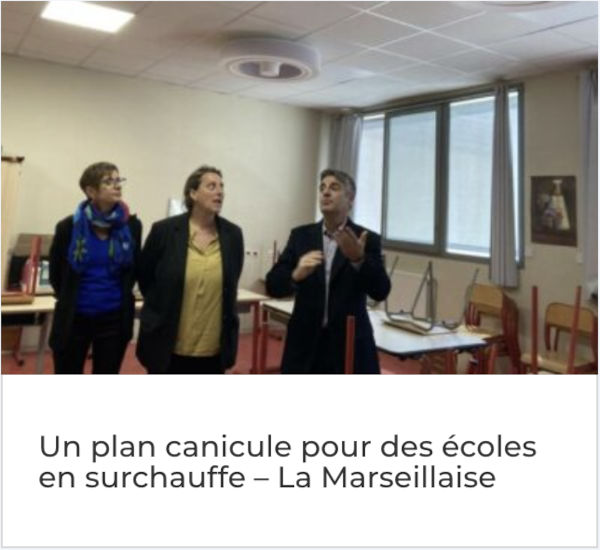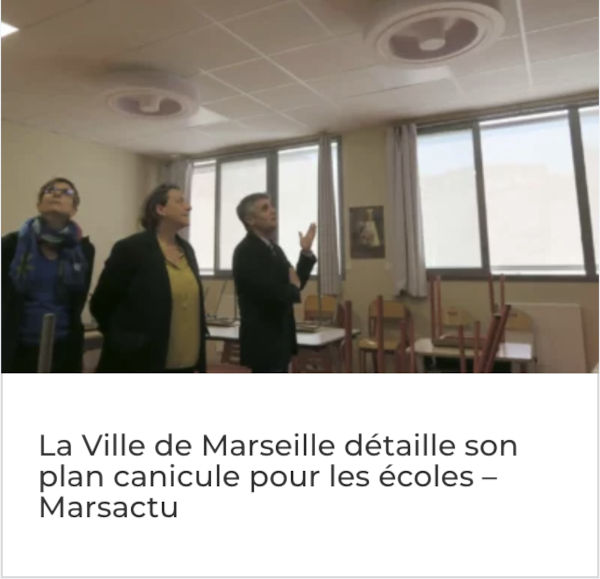Our collective memory reminds us that summer holidays were intended to allow children to help their parents with the harvest.
This was still the case at the beginning of the 20th century: under the Front Populaire government in 1938, summer holidays were set to run from 15 July to 30 September.
Since then, society has changed. With the decline of the French peasantry, holidays since the 1980s have been concentrated in July and August, the hottest months of the year.
However, with hot spells sometimes starting in May and ending in September, educational establishments are increasingly faced with thermal discomfort that is damaging learning conditions.
Poorly adapted existing buildings
It wasn’t until the year 2000, and the thermal regulations of the same name (RT 2000), that summer comfort was finally taken into account in new construction.
In fact, the buildings constructed from the post-war period until the new century were not designed to cope with this simple fact: it’s harder to learn when it’s hot.
Large windows, poor insulation, little solar protection, rarely optimised orientation… the cocktail of discomfort is made up for the buildings of the half-century that followed the 2nd World War.
So what solutions are possible to improve the situation in existing buildings?
Ceiling fans to limit discomfort?
When carrying out comprehensive energy renovations, which generally focus on winter comfort, many schools and higher education establishments take the opportunity to improve summer comfort, in particular by installing high-performance brise-soleil or selective glazing.
Unfortunately, work on the building rarely affects the surrounding environment: courtyards are generally paved with concrete, and classrooms are located in the heart of heat islands. The planting of vegetation, an obvious factor in improving summer temperatures, is unfortunately making very slow progress.
Active solutions, such as air conditioning, are generally outlawed.
Under these conditions, ceiling fans, which have already proved their worth in crèches, schools, colleges and universities in the French Overseas Departments and Territories, would appear to be an operational tool.
The main advantage is well known: air speed brings an immediate gain in thermal comfort. A great deal of work has been carried out over the years to evaluate this precisely.
We regularly use the table below from the Woods Ventilation Guide, which has the merit of simplicity.
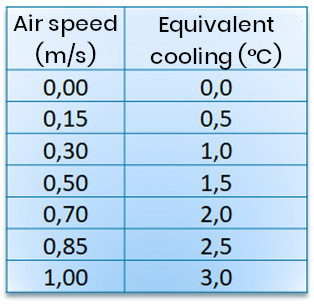
Figure 1 – diagram taken from the Woods Ventilation Guide
That said, work on summer thermal comfort, presented in the ICEB Guide to Passive Summer Comfort, has progressed over the years, and the ASHRAE 55 (USA) and EN 16-798 (Europe) standards now make it possible to assess in some detail the beneficial impact of air speed on the occupants of the premises concerned. The tool developed by the Center for the Built Environment at the University of California at Berkeley is particularly well thought out. It can be accessed here[i].
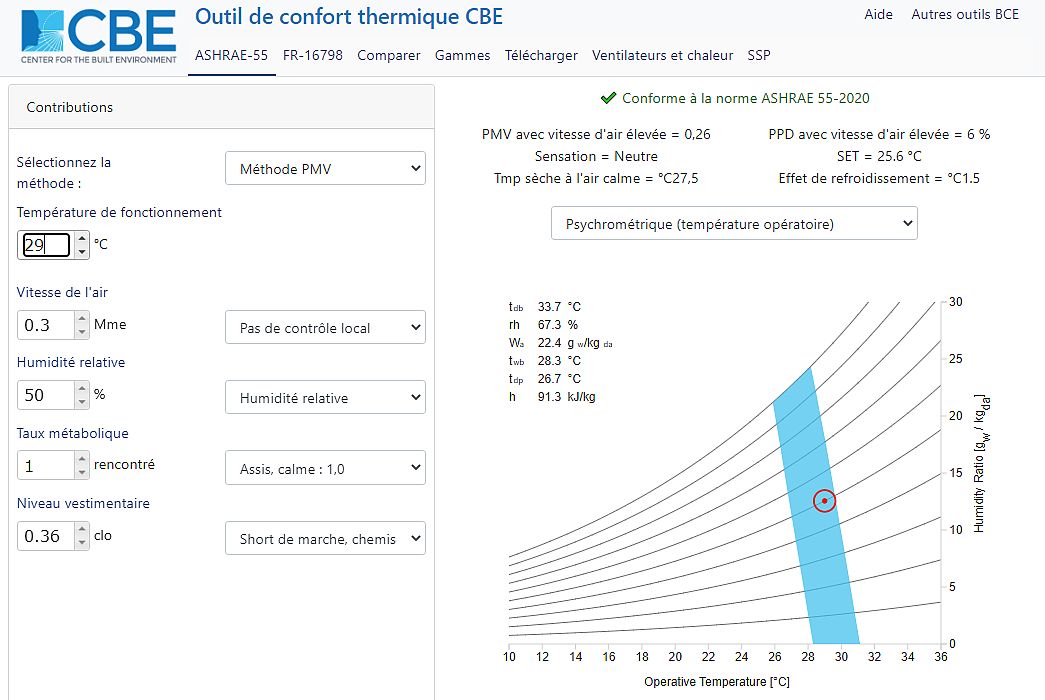
Figure 2 – Visual of the thermal comfort tool from the University of Berkeley
Is Toulon an example to follow?
In the Var department, Toulon town council has opted to set up a test campaign using ceiling fans in some of its schools, as reported by France Info in its article of 13 August 2022.. The local authority has also adopted a broad and relevant approach to combating heatwaves, incorporating a range of highly operational solutions to complement the use of ventilation fans:
- Painting the roofs white to help reflect the sun’s rays back into the atmosphere (the high albedo helps limit local heating),
- Over-ventilation at night (natural, mechanical or hybrid)[ii],
- Sunshades,
- UV filters.
As Erick Mascaro, deputy head of school buildings, explains, the town’s aim is to roll out all these systems to all 84 schools in Toulon by spring 2023, depending on the results observed in the first classes to be equipped.
Other project owners have taken similar steps with test classes: the Occitanie Region, the Bouches-du-Rhône Department, the Hautes-Pyrénées Department, the Ain Department, the Hérault Department and the cities of Nice, Lyon, Grenoble, Toulouse, Montpellier, etc.

Figure 3 – Toulon seen from the harbour
Ceiling fans in educational establishments: what are the limits?
The first limitation is quite simple: with a ceiling fan, the perceived temperature can rise by up to 4 degrees in theory, but in practice it rarely exceeds 3 degrees.
It is generally accepted that discomfort arises as soon as a still air temperature exceeds 28°C. In these conditions, as soon as 31 degrees are reached in a room, ceiling fans alone cannot bring satisfaction to the occupants.
Fortunately, it is not very common for temperatures to exceed 31°C indoors in mainland France.[iii].
However, the use of dynamic thermal simulation (DTS) is strongly recommended to assess the total number of hours of residual discomfort.
Secondly, in the example we discussed above with Toulon Town Hall, the physical safety of pupils was a decisive criterion in the choice of fans to be installed in schools.
Some premises have low ceiling heights (2.50 m or less), bearing in mind that standard NF EN CEI 60335-2-80 stipulates a minimum height of 2.30 m under the blades.[iv].
However, most fans with blades and long shafts are not generally compatible with this standard.
Fortunately, there are fans with ultra-flat blades or fans without blades[v] that comply with the standard, and therefore avoid the risk of injury to the upper limbs. This is the choice made by the town that is home to France’s main naval base.
One final point is worth noting: in some lycées and even more so in collèges, some unruly pupils try to use the air blower as an object launcher.
However, ceiling fans without blades make this “sling effect” impossible. This point must be borne in mind if the installation is to be a success.
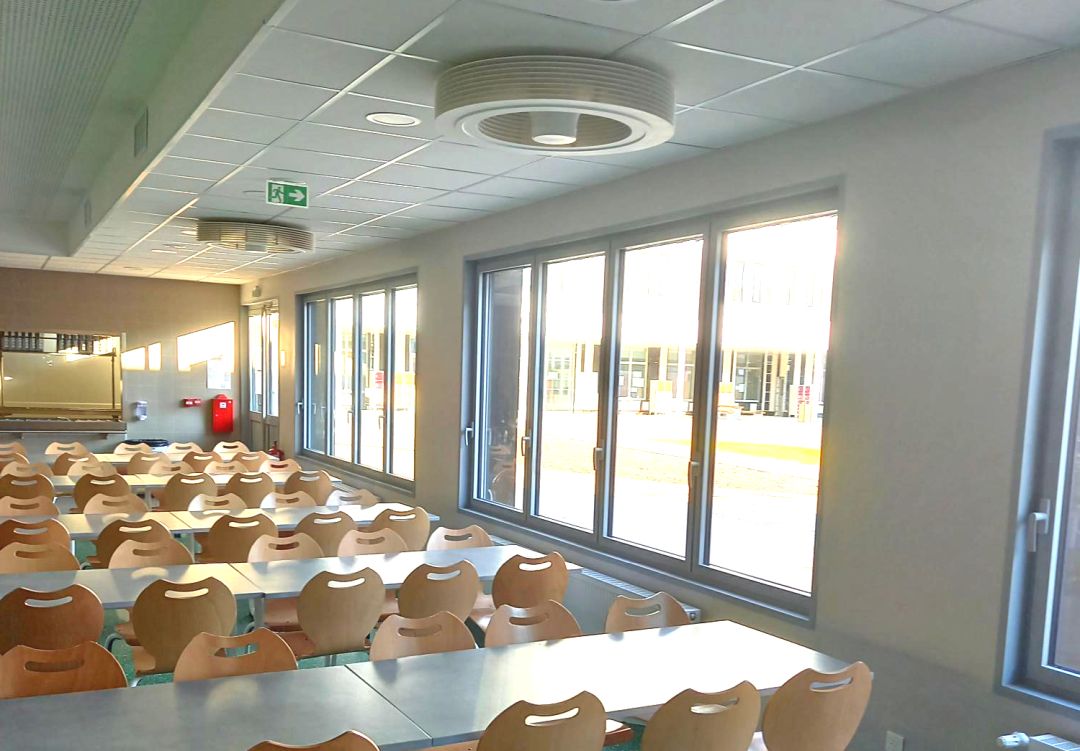
Figure 4 – Exhale ceiling fans in a classroom – collège Gisèle Halimi, Lyon
Conclusion: towards the widespread use of ceiling fans in teaching premises?
Heat sensitivity has clearly increased in recent years. At the same time, the prospects for global warming are particularly worrying. The idea of installing air conditioning in educational establishments, taboo today, could change in the future.
In any case, the ceiling fan is an intelligent solution:
- without air conditioning, it provides immediate thermal comfort.
- with air conditioning, it makes it possible to increase the air conditioning setpoint[vi]. This has the added benefit of significantly reducing energy consumption (by around 10% per degree of set point gained).
- In practical terms, it is easy to install, uses existing electrical circuits and does not require any structural work on the building.
With restrictions looming, the issue of energy savings is more important than ever. That’s why everything is converging to ensure that ceiling fans are now part of the essential range of solutions for summer comfort in schools.
[i] For even better results, we recommend using a browser with automatic French translation, such as Google Chrome.
[ii] See in particular the articles « Intensive natural summer ventilation » and « Intensive mechanical summer ventilation »
[iii]In the French overseas departments and regions, where temperatures are generally higher, the school holidays also correspond to the hottest periods of the year.
[iv] See our article on safety rules relating to blade heights.
[v] Samarat ultra-flat bladed fans or Exhale bladeless fans
[vi] For example, the air-conditioning set point can be raised from 26 to 28°C if the air speed results in 2 degrees less perceived temperature. In addition, the ceiling fan helps to distribute cold air more evenly, as it tends to sink towards the floor. Finally, the ceiling fan helps to “cut off” directional air conditioning flows, which cause considerable discomfort.



